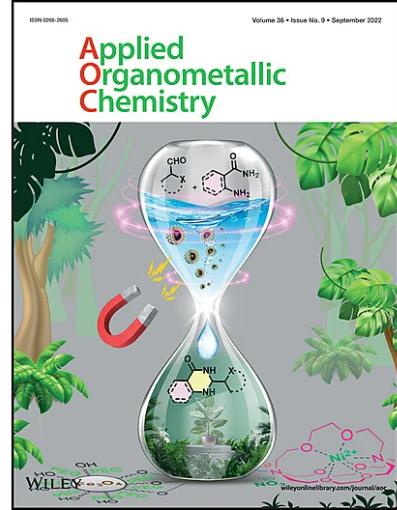New Multifunctional Platinum (IV) Complexes Incorporating Cannabidiol Active Moieties Elicit Mitochondrial Damage and Synergistically Boost Antitumor Efficacy
Abstract
This study focuses on the synthetic modification of satraplatin through axial position substitution by introducing the bioactive molecule cannabidiol (CBD) at the axial position, leading to novel multifunctional antitumor complexes S1–S5. The results demonstrate that the target complexes exhibit significantly optimized physicochemical properties with improved lipo–hydro partition coefficients, combining both lipophilic and hydrophilic characteristics that favor drug metabolism. Remarkably enhanced in vitro antitumor activity was observed: S3 showed 4.3-fold higher cytotoxicity than satraplatin in HCT-116 cells, with superior efficacy against drug-resistant cells. S5 demonstrated 22-fold greater antiproliferative activity than both parental satraplatin and CBD alone in A549 cells, likely attributable to its haloacetic axial group enhancing mitochondrial targeting for trifunctional synergistic antitumor effects. Mechanistic studies revealed that the complexes are reduced by ascorbic acid in vivo to release both CBD and Pt (II). CBD disrupts redox homeostasis through ROS accumulation and impairs mitochondrial membrane potential, synergizing with Pt (II)-induced DNA damage to promote cancer cell apoptosis. The introduction of bioactive moieties like CBD with excellent biological functions into the axial position of Pt (IV) complexes not only optimizes physicochemical properties but also enriches antitumor functionality. Compared with conventional platinum drugs, these complexes demonstrate significantly enhanced cytotoxicity (S3 is 9.5-fold more toxic than cisplatin in HCT-116 cells; S5 shows 33-fold higher antiproliferative activity in A549 cells) while maintaining superior activity against resistant cells through CBD-Pt (II) synergy. This study provides valuable insights for overcoming limitations of traditional platinum drugs and developing synergistic antitumor agents with enhanced efficacy.


 求助内容:
求助内容: 应助结果提醒方式:
应助结果提醒方式:


